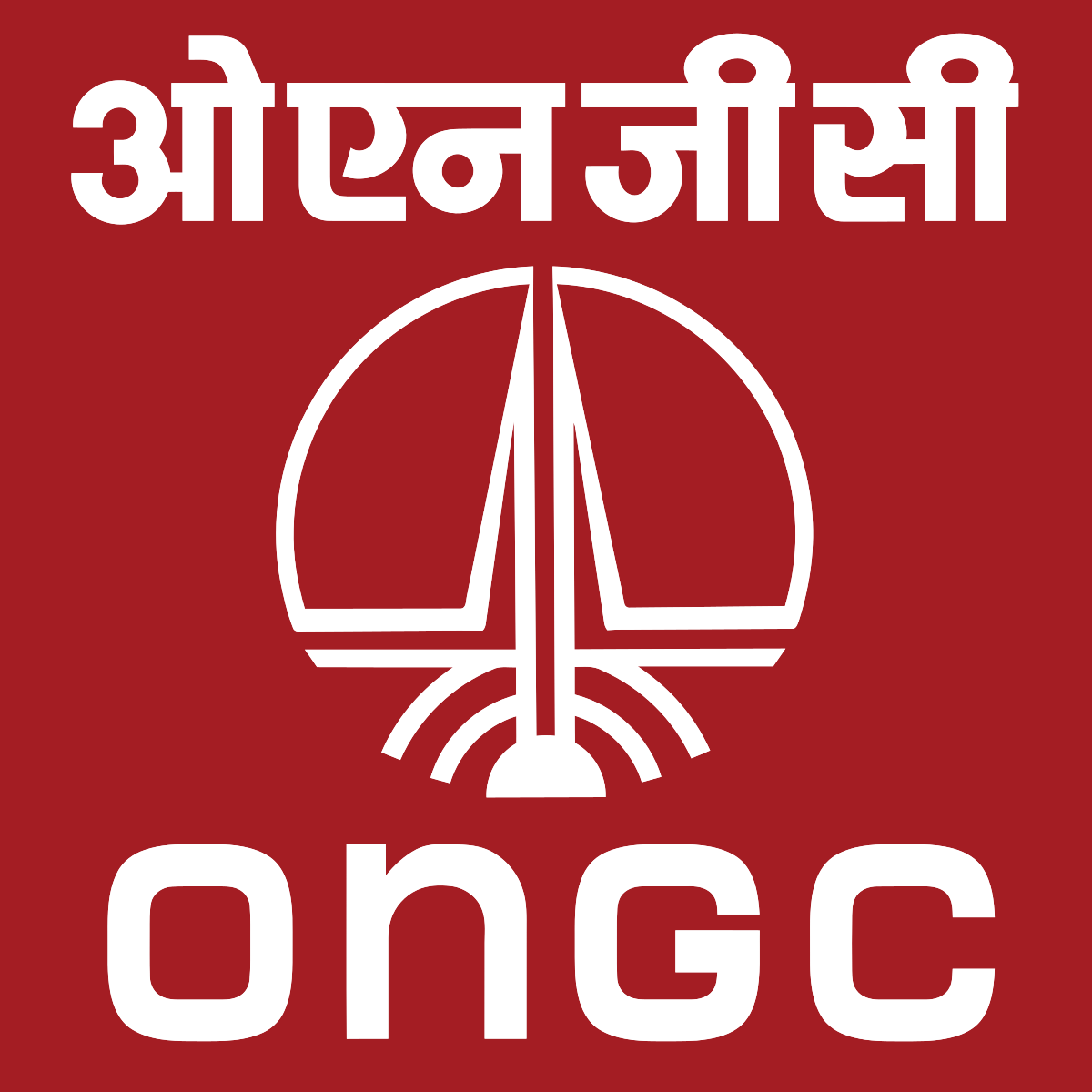After BPCL, ONGC signs up HPCL for sale of oil from Mumbai offshore fields
The state-owned Oil and Natural Gas Corporation (ONGC) has recently entered into an agreement to sell the crude oil it produces from its Mumbai offshore fields to Hindustan Petroleum Corporation Ltd (HPCL). This marks the second such agreement within a short span of time, signifying ONGC’s preference for term contracts over auctions due to the tendency of refiners to negotiate deep discounts during auctions.
While the specific details of the agreement were not provided in ONGC’s post on X (formerly known as Twitter), sources familiar with the matter have indicated that the pact involves the sale of approximately 4.5 million tonnes per annum of crude oil to HPCL’s Mumbai refinery.
In ONGC’s own words, “This is the second term agreement sealed for sale of Mumbai Offshore crude oil post marketing freedom.” This indicates that ONGC is actively engaged in securing term agreements for the sale of its crude oil production, as opposed to relying on auction-based mechanisms, as it seeks to optimize its sales strategy in the evolving energy market.
ONGC’s recent agreement with HPCL to sell crude oil from its Mumbai offshore fields is part of a broader strategy to optimize its crude oil sales. This follows a similar agreement signed last month with Bharat Petroleum Corporation Ltd (BPCL) for the sale of 4 million tonnes per annum, with an option for an additional 0.5 million tonnes, of crude oil. Both HPCL and BPCL have refineries in Mumbai where the crude oil will be processed into products such as petrol and diesel.
ONGC is a significant producer of crude oil, generating approximately 13-14 million tonnes per annum from its offshore fields in the Arabian Sea, located off the coast of Mumbai.
A noteworthy development in this context is the government’s decision in June of the previous year to abolish the rule that mandated oil producers, especially those with blocks awarded before 1999, to sell their crude oil to government-nominated customers, primarily state-owned refineries. This rule change aimed to ensure that producers like ONGC and Oil India could secure the best possible market prices for their crude oil.
Following the elimination of this rule, ONGC initiated quarterly auctions for the sale of crude oil produced from fields like Mumbai High and Panna/Mukta, located in the western offshore region. These auctions have become a key component of ONGC’s strategy to enhance the competitiveness of its crude oil sales and maximize returns.
ONGC faced a challenge as refiners like Indian Oil Corporation (IOC) sought discounts on the crude oil it was offering in auctions. Initially, the company managed to secure a slight premium over Brent crude, which is the benchmark for the quality closest to its Mumbai offshore oil. However, IOC and other refiners began requesting discounts equivalent to what they were accustomed to receiving on Russian oil.
This shift in demand for discounts can be attributed to geopolitical developments. Following Russia’s invasion of Ukraine in February the previous year, Russian oil faced sanctions and was avoided by European buyers and some Asian countries like Japan. Consequently, Russian Urals crude, a specific grade of Russian oil, began trading at a substantial discount compared to Brent crude, which serves as the global benchmark. At one point, the discount on Russian Urals crude reached as high as USD 30 per barrel, although it has since reduced to around USD 16.
IOC and similar refiners argued that they needed these discounts because they were selling petrol and diesel at prices below cost to help control inflation. This practice was causing them financial losses.
ONGC’s stance was to resist these discounts, highlighting that the government had already claimed any gains from the recent surge in oil prices by imposing a windfall profit tax. As a potential solution to this impasse, ONGC proposed the idea of a term contract. This contract would involve selling a fixed quantity of oil over a year at a pre-agreed benchmark price, providing stability and predictability to both ONGC and the refiners.
ONGC’s approach to term contracts with BPCL and HPCL involves benchmarking the prices to the traded price of Brent crude, which is a common practice in the oil industry.
In the initial auction conducted last year, ONGC had offered a total of 33 lots, each consisting of 412,500 barrels of crude oil. These lots comprised 26 cargoes from Uran near Mumbai and seven cargoes from the Mumbai offshore area. The sale was set to commence on November 1, 2022, with a minimum premium of USD 0.5 over the average monthly price of Brent as the starting point for negotiations.
Almost all of the cargoes were purchased by state-owned refiners, with just one being awarded to Reliance Industries Ltd. Refiners submitted bids that ranged from paying a premium of USD 1.80 to USD 1.85 per barrel for cargoes from Uran, where supplies are delivered through a pipeline, to USD 3.8 to USD 6.5 per barrel for offshore cargoes. A parcel from the Panna-Mukta field secured a premium of about USD 1.55 per barrel.
Notably, Uran cargoes fetched a lower premium due to the presence of local taxes, which increased the overall cost of the crude oil compared to offshore supplies. The pipelines from fields in the Mumbai offshore region directly connect to the Mumbai refineries of both BPCL and HPCL, which likely contributed to the different pricing dynamics.

